
Header image courtesy of Fitz PR/credited to Travis Shinn

By Andrew Daly
[email protected]
With the release of 1987’s Come On Pilgrim, Boston-bred indie powerhouse, the Pixies, shook the world in ways once thought impossible.
In the face of a stale and stagnant scene, the Pixies strived for something different, something weird, and something they could hang their hat on. Bored with pentatonic scales and flashes of supposed virtuosity simply for the sake of it, Frank Black, Kim Deal, Joey Santiago, and David Lovering flipped the script and provided an alternative path forward.
Since their inception – albeit with an eleven-year hiatus in between – the Pixies have set the gold standard for all things indie and alt-rock, perpetually rearranging our preconceived notions of what we thought we knew about traditional choruses, verses, and melodies.
With the Pixies’ latest record, Doggerel, on the precipice of its wide release, a ranking of the band’s studio catalog overall is in order. What follows is the Pixies’ eight studio albums, and their debut EP, ranked.

9) Indie Cindy (2014)
“Put this down for the record; it’s more or less un-checkered. Wasted days and wasted nights made me a fucking beggar.”
Dubbed as the Pixies reunion album, albeit without bassist and founding member Kim Deal, Indie Cindy was a solid return to the studio for Boston’s alt-rock heroes. Overall, Indie Cindy is a quality record, but few of the tracks are truly memorable. Simon’ Dingo’ Archer does a nice job filling in on bass while the Pixies searched for Deal’s replacement, but without the strong female voice backing up Frank Black, the record falls short of the group’s past exploits. Indy Cindy obviously found the Pixies to be a band searching for lost chemistry and they seemed just a bit uncomfortable. The title track is a fun one, and so is “Bagboy,” but this is surely a record for diehards. Passive fans will most likely take it or leave it.
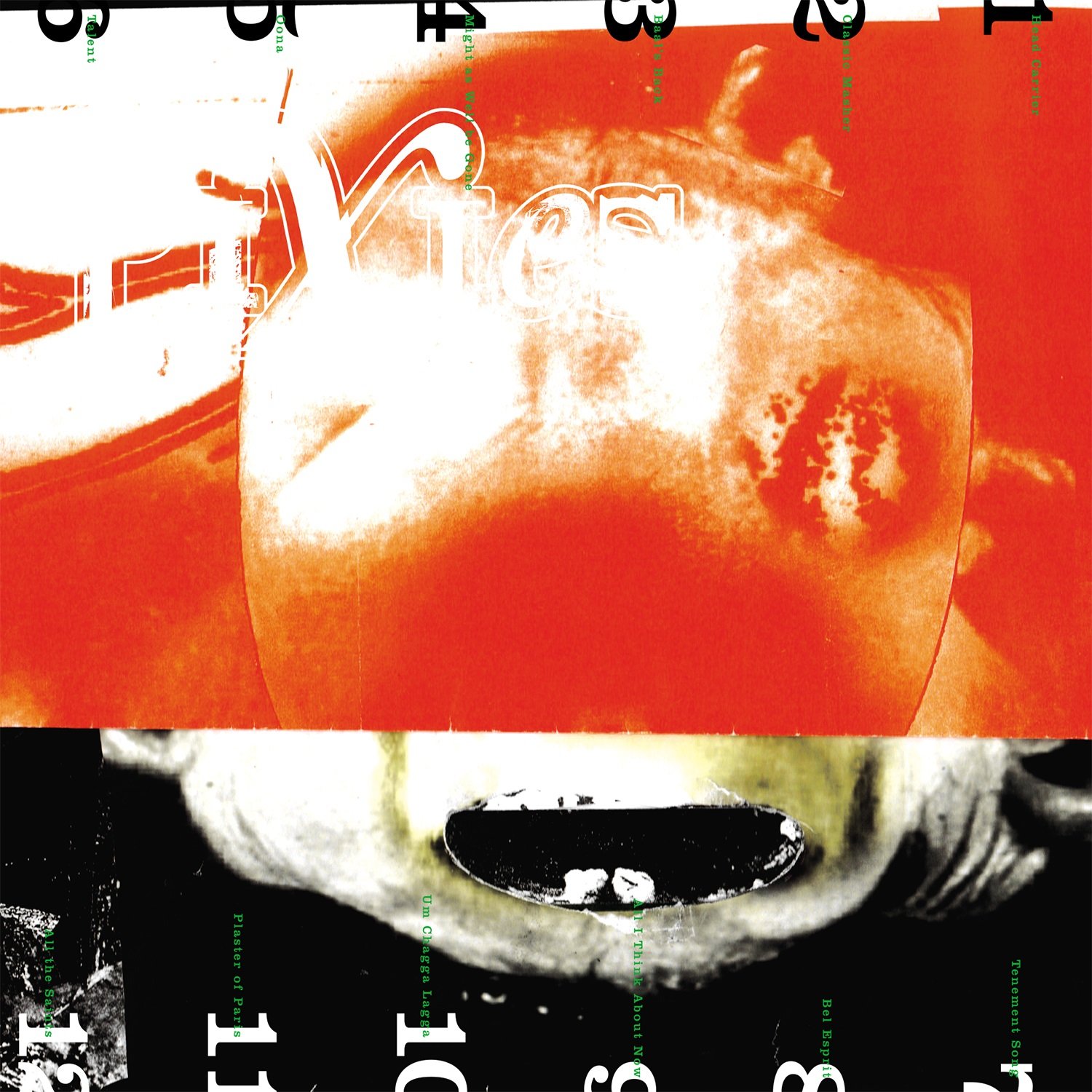
8) Head Carrier (2016)
“The drumsticks were his treasure trove, found in the ashes of The Coconut Grove. Tall bottle and one more smoke, she lived through the fire, but the piano got broke.”
Several years past their reunion, and with Paz Lenchantin in the fold as Deal’s permanent replacement, for Head Carrier, the Pixies seemingly put all nostalgia aside and got to work reclaiming their legacy. With Lenchantin in the fold, the chemistry is readily apparent, and the band doesn’t miss a beat without Deal. Loaded with the Pixies’ classic quirky aesthetics, tracks such as “Tenement Song” and “Bel Espirit” harken back to the Pixies’ early run to glory. While not the Pixies’ best effort, Head Carrier showed a clear path forward and assured both the band and fans alike that the Pixies still had quite a lot to say.
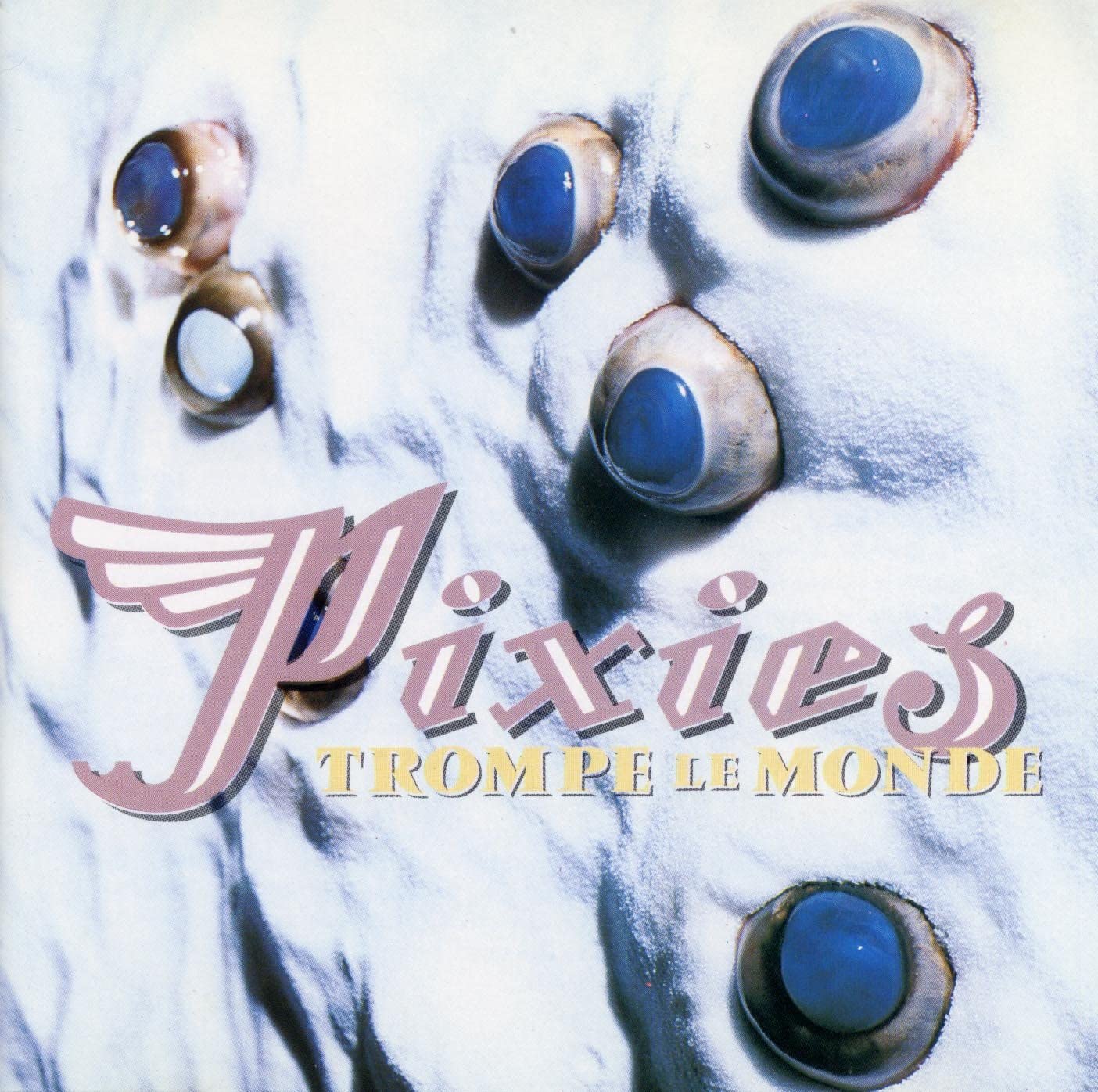
7) Trompe le Monde (1991)
“We’re not just kids, to say the least. We got ideas. To us, that’s dear. Like capitalism; like communism; like lots of things you’ve heard about.”
A great record, to be sure, but not without a myriad of issues. While Trompe le Monde is a Pixies record in name, in truth, it’s more of a snapshot of an ailing band on the rocks. Nearly all of the tracks were written by Frank Black with little to no input from the rest of the band. Kim Deal later commented that the sessions were so solitary that Trompe le Monde is “essentially Black Francis’ solo debut.” Despite its uneven nature and polarizing history, Trompe le Monde featured some classic tracks, with “U-Mass,” and “Alec Eiffel” as the standouts. As the last record to feature Kim Deal, Trompe le Monde essentially sealed the fate of the Pixies, with the band breaking up in 1993 not long after the touring cycle for the release concluded.
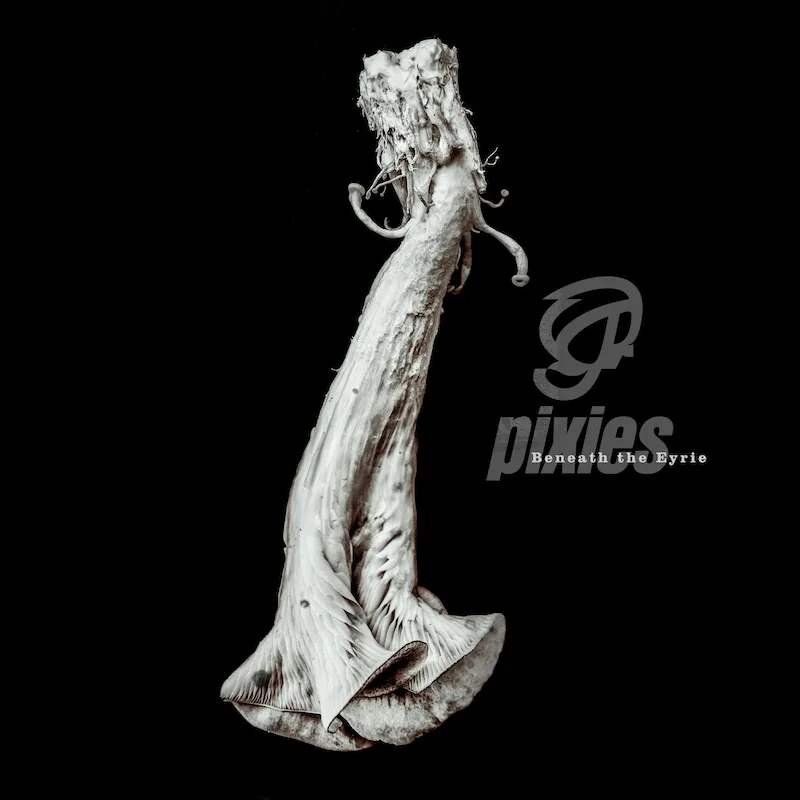
6) Beneath the Eyrie (2019)
“On the graveyard hill, she’s calling out her curse, I’m taking my last breath with each chapter and each verse, and soon I will be killed.”
Fully prepared to put their past behind them and forcefully looking forward, Beneath the Eyrie kicks off with three of the Pixies’ most crushing tracks in years, “In the Arms of Mrs. Mark of Cain,” “On Graveyard Hill,” and “Catfish Kate.” By 2019, Lenchantin had fully ingratiated herself into the Pixies fold, and with three co-writes on Beneath the Eyrie, it’s plain to see that the Argentinian-born bassist is anything but a “replacement.” One of the Pixies’ most cohesive records, Beneath the Eyrie, serves as the proverbial coming out party for the current line, all but allowing fans to forget about Kim Deal.
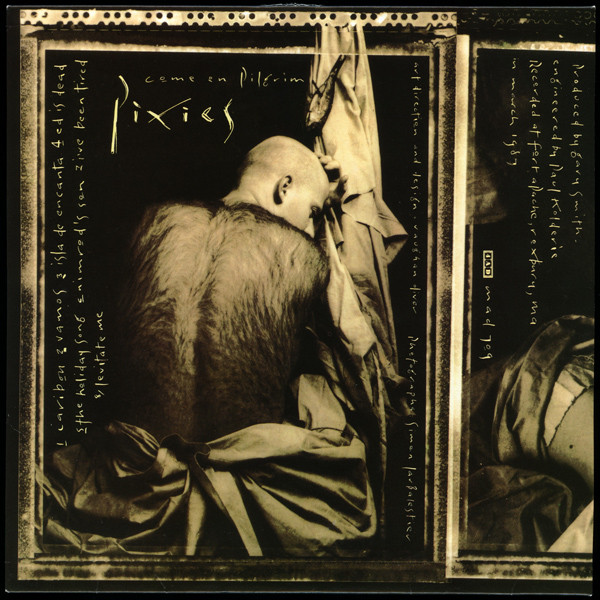
5) Come On Pilgrim (1987)
“I live cement. I hate this street. Give dirt to me; I bite lament. This human form where I was born; I now repent.”
While technically an EP, it wouldn’t feel right omitting this torrid twenty-minute slice of indie rock heaven. Recorded on the Pixies’ home turf in Massachusetts, the Pixies’ debut has stood the test of time and influenced droves of artists who launched their careers in the wake of Come On Pilgrim. While the Pixies would better the EP overall, cuts such as “Caribou,” “Vamos,” and “The Holiday Song” are early indicators of what was to come and, in many ways, are the blueprint the Pixies still follow to this day. If you’re wondering where the now famous “loud-quite-loud” style of alternative rock came from, Come On Pilgrim is your answer.
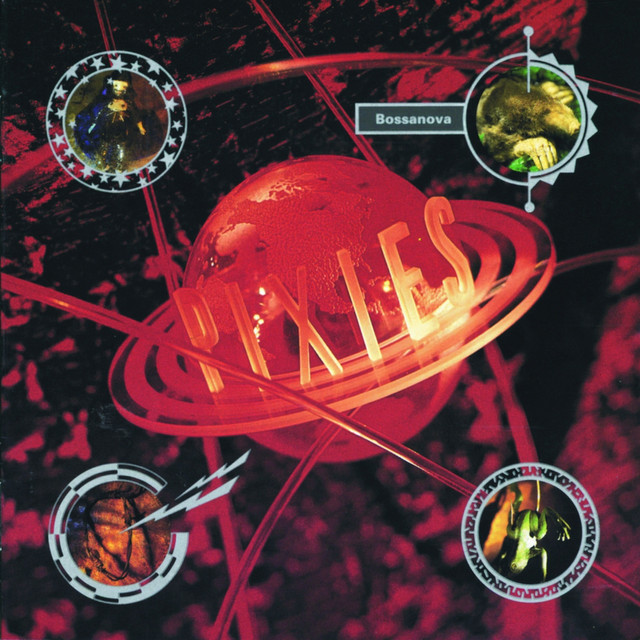
4) Bossanova (1990)
“Hold my head; we’ll trampoline, finally through the roof onto somewhere near.”
Bossanova found the Pixies settling in for their most “traditional” rock record, signifying a shift in sound from their overtly quirky and frenetic style. The record is significant as it signaled a shift within the Pixies’ interband dynamics. Kim Deal had already completed her first non-Pixies project in The Breeders Pod and was distancing herself more and more from Frank Black and the rest of the band. Still, Bossanova contains plenty of the Pixies’ distinctive touches, with “Dig for Fire” and “Velouria” remaining essential. And one can’t help but wonder how the album might have turned out had Deal been more focused and saved some of her best cuts for Bossanova instead of Pod. In retrospect, Bossanova is an excellent album by a great band, but as a follow-up to 1989’s masterstroke, Doolittle, it fell flat.
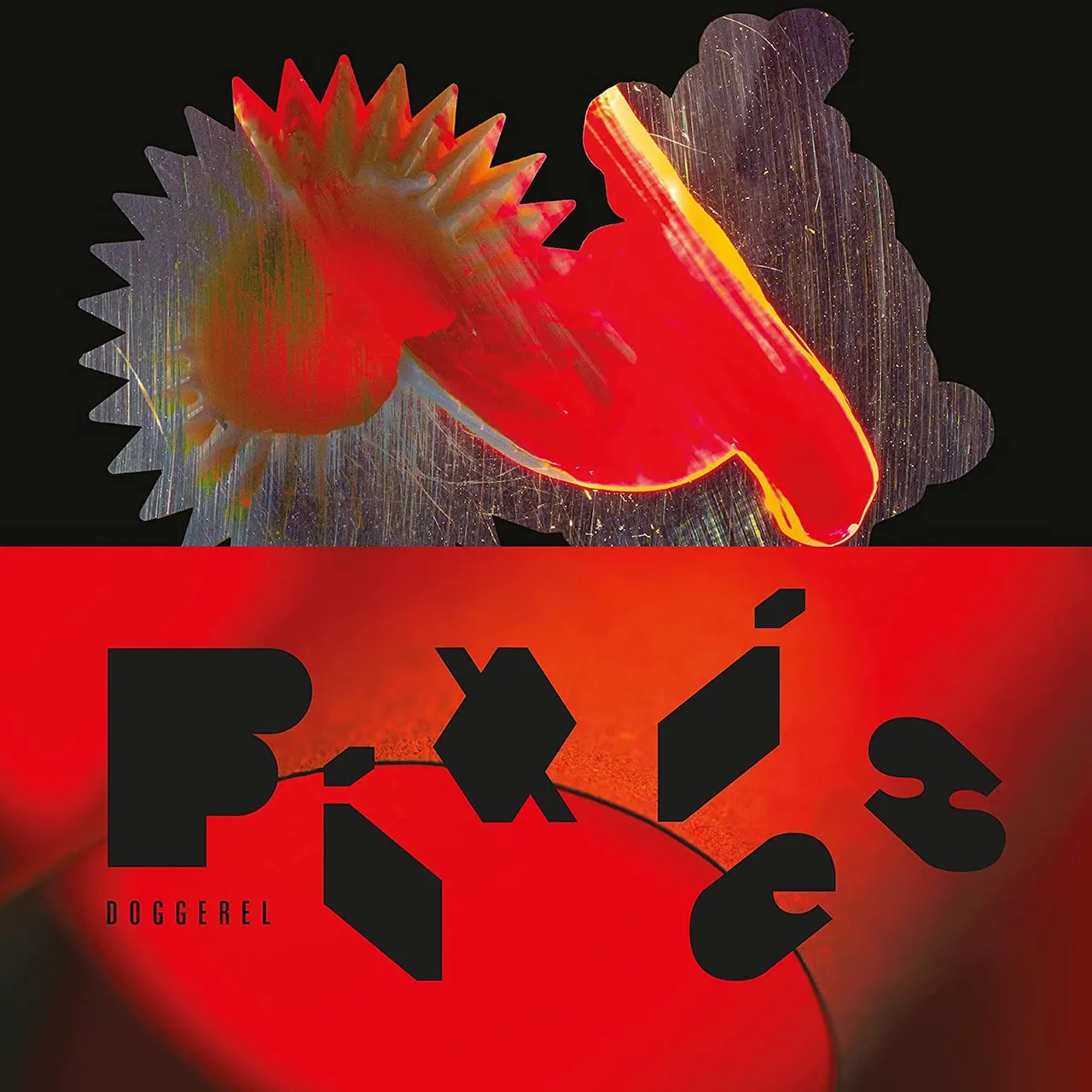
3) Doggerel (2022)
“Let it be said I’m a little narcissist, but my favorite rock and roll is sealed with a kiss.”
If you assumed that the Pixies were nothing more than a legacy act making music for the fun of it, although misguided, you wouldn’t alone. Since the Pixies return to the studio in 2014, they’ve gotten stronger with each successive release, showing the world year over year that they aren’t beholden to their legacy. And the addition of Paz Lenchantin has invigorated the stalwart act as well. On Doggerel, the Pixies, as a unit, are firing on all cylinders, producing a record that is handily – without exaggeration – as good, if not better, than anything they’ve done before. Outstanding tracks such as “Dregs of Wine,” “Get Simulated,” and “Who’s More Sorry” show advanced songsmith, a mature outlook, and fluid cohesion. Listen to Doggerel, and you’ll find out for yourself.

2) Surfer Rosa (1988)
“With your feet in the air and your head on the ground, try this trick and spin it, yeah. Your head will collapse, but there’s nothing in it, and you’ll ask yourself, ‘Where is my mind?'”
Universally loved and perpetually acclaimed, Surfer Rosa has long been regarded as a watershed moment for indie and alternative music. As a follow to their debut EP Come On Pilgrim, Surfer Rosa is a full-on showcase for the Pixies’ eclectic brand of surf rock meets punk, sprinkled with touches of pop, psych, and more. As their official coming-out party, Frank Black, Joey Santiago, Kim Deal, and David Lovering put the world on notice that a shift was coming. Acts such as Nirvana, Pearl Jam, and Mother Love Bone are often awarded gold stars for changing the landscape of rock music in the early ’90s. While those bands are great, in truth, they essentially took what the Pixies did on tracks such as “Where is My Mind,” Gigantic,” and “Vamos” and expanded on it. For years the Pixies were unfairly ignored for their exploits, but in the present day, the truth is plain to see; Surfer Rosa was the official beginning of a movement that shook the world.
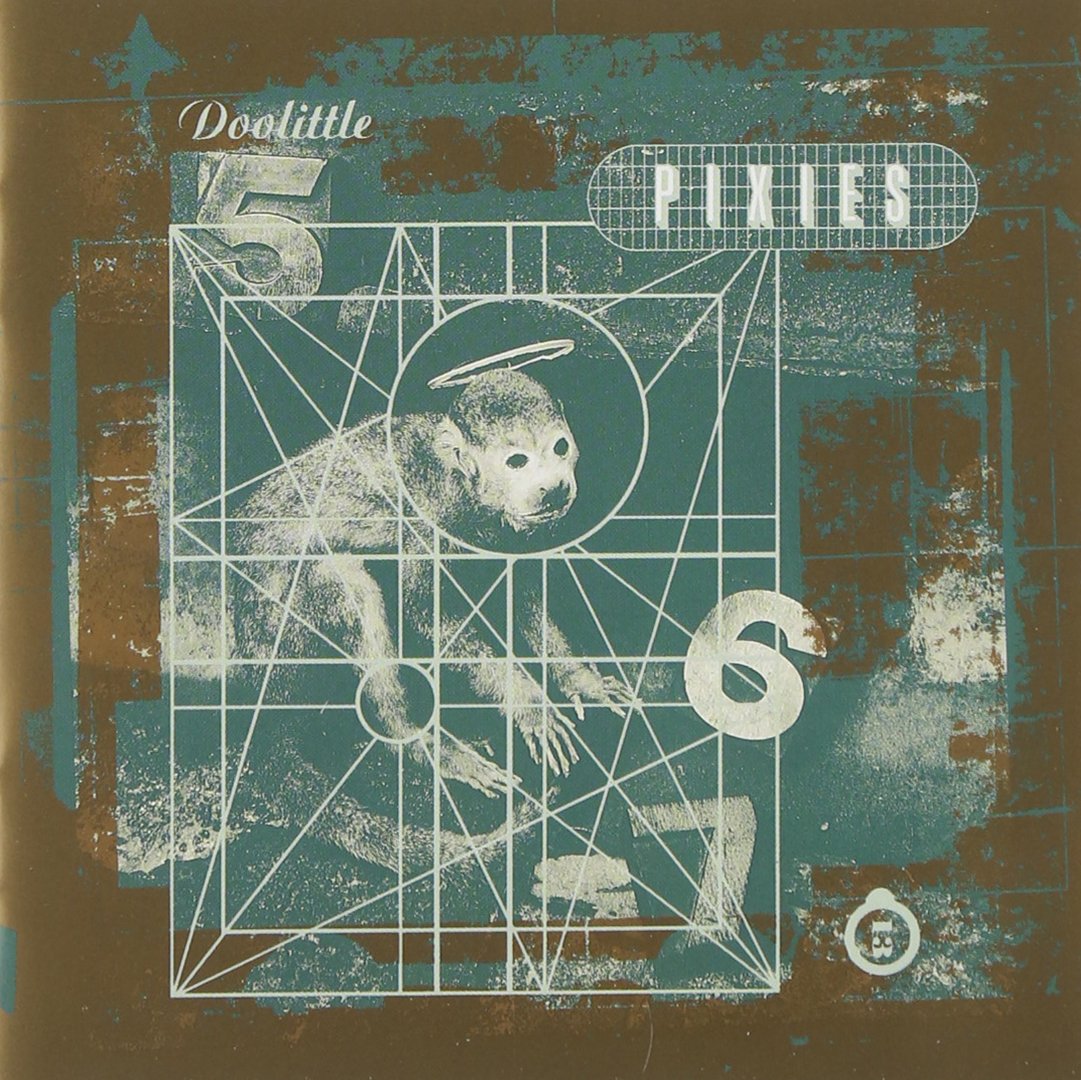
1) Doolittle (1989)
“Got me a movie, I want you to know. Slicing up eyeballs, I want you to know. Girlie so groovy, I want you to know. Don’t know about you, but I am un chien Andalusia.”
There have been few perfect albums throughout history, but the Pixies 1989 effort Doolittle is one of them. While Surfer Rosa may have started the movement, Doolittle cemented it with offbeat and dark subject matter set to an eclectic blend of weird indie rock bliss. Featuring themes of surrealism, Biblical violence, torture, and death, Doolittle was a violent tidal wave that an unsuspecting musical world was utterly unprepared for. The interplay between Black, Deal, Santiago, and Lovering is sublime, and the diverse instrumentation and advanced songcraft are beholden as a thing of beauty. Post to post, Doolittle is brimming with excellence, with “Debaser,” “Wave of Mutilation,” “Here Comes Your Man,” and Monkey Gone to Heaven” serving as a crash course in indie virtue steeped in elicit alt-hero musicality. If you’re only going to bother with one Pixies album, make it Doolittle. If you only listen to a handful of albums in your life, period, make Doolittle one of them.

– Andrew Daly (@vwmusicrocks) is the Editor-in-Chief for www.vwmusicrocks.com and may be reached at [email protected]
